Why Choose a Conical Beer Fermenter
Overview
Brewing beer is a craft that has been refined for centuries, and as technology advances, so do the tools of the trade. Among the most transformative pieces of equipment in modern homebrewing and commercial brewing alike is the conical beer fermenter. This ingenious device offers a sleek, efficient, and effective means of fermenting beer, separating sediment, and streamlining the brewing process.
If you’re serious about brewing—whether as a hobbyist or professional—understanding the ins and outs of conical fermenters is essential. This article dives deep into everything you need to know, from their design and functionality to choosing the right model for your needs and mastering their operation. Let’s hop in (pun intended)!
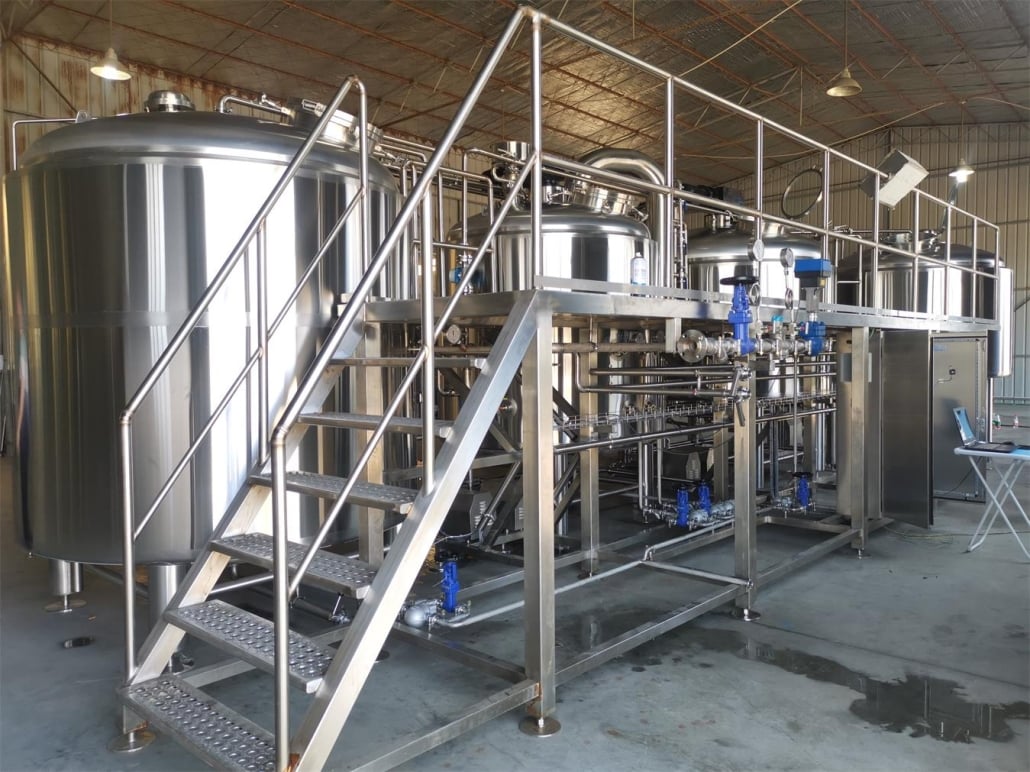
What Is a Conical Beer Fermenter and Its Unique Shape Design?
At its core, a conical beer fermenter is a fermentation vessel designed with a cone-shaped bottom. This unique geometry is the defining feature that sets it apart from traditional cylindrical fermenters or buckets.
So, what makes the conical shape special? The sloping bottom allows yeast, trub (sediment), and other unwanted byproducts to settle naturally into the cone’s tip during fermentation. This not only helps in clearer beer production but also enables easy separation and removal of sediment without disturbing the rest of the brew.
Most conical fermenters are made from high-quality stainless steel, which offers durability, hygiene, and resistance to contamination. However, plastic and glass options are available for budget-conscious brewers. Regardless of the material, the fundamental principle remains the same—an efficient shape optimized for fermentation.
How Does a Conical Beer Fermenter Help Separate Yeast and Sediment?
One of the primary advantages of using a conical beer fermenter is its ability to simplify the process of yeast and sediment separation. But how does this magic happen?
During fermentation, yeast actively converts sugars into alcohol and carbon dioxide. As this process unfolds, the yeast cells multiply and eventually begin to flocculate (clump together) as the fermentation slows down. Trub—a combination of proteins, hop particles, and dead yeast cells—also forms as a byproduct. In traditional fermenters, these sediments mix with the beer, requiring extra steps like racking or siphoning to separate them.
With a conical fermenter, gravity does the heavy lifting. The conical bottom collects all the sediment in one place, allowing you to easily drain it out using the built-in bottom valve. This not only reduces the risk of contamination but also minimizes oxygen exposure, preserving the beer’s freshness and flavor.
The Advantages of Using a Conical Beer Fermenter
Why should you consider upgrading to a conical beer fermenter? Let’s break down the advantages:
1. Simplifies Sediment Removal
The cone-shaped design makes it easy to remove trub and yeast without transferring the beer to another container. This means less handling, reduced contamination risks, and clearer beer.
2. Supports Secondary Fermentation
Conical fermenters allow you to perform primary and secondary fermentation in the same vessel. By simply draining the sediment and letting the beer sit, you can achieve a cleaner and more polished brew.
3. Minimizes Oxygen Exposure
Oxygen is the enemy of good beer. Traditional racking methods can introduce unwanted oxygen, leading to off-flavors. Conical fermenters eliminate this step, keeping your beer fresh and flavorful.
4. Durability and Reusability
High-quality stainless steel conical fermenters are built to last for years. Unlike plastic buckets that may scratch and harbor bacteria over time, stainless steel is easy to sanitize and resistant to wear and tear.
5. Professional-Grade Results
Used widely in commercial breweries, conical fermenters give homebrewers a chance to achieve the same level of control and precision as professionals.

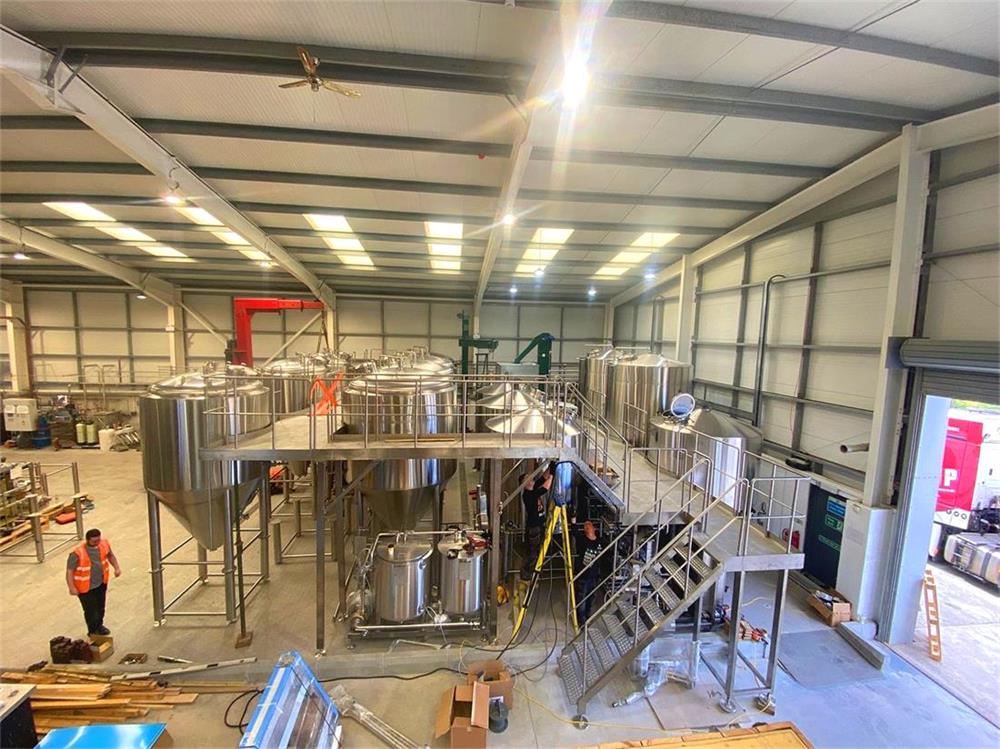
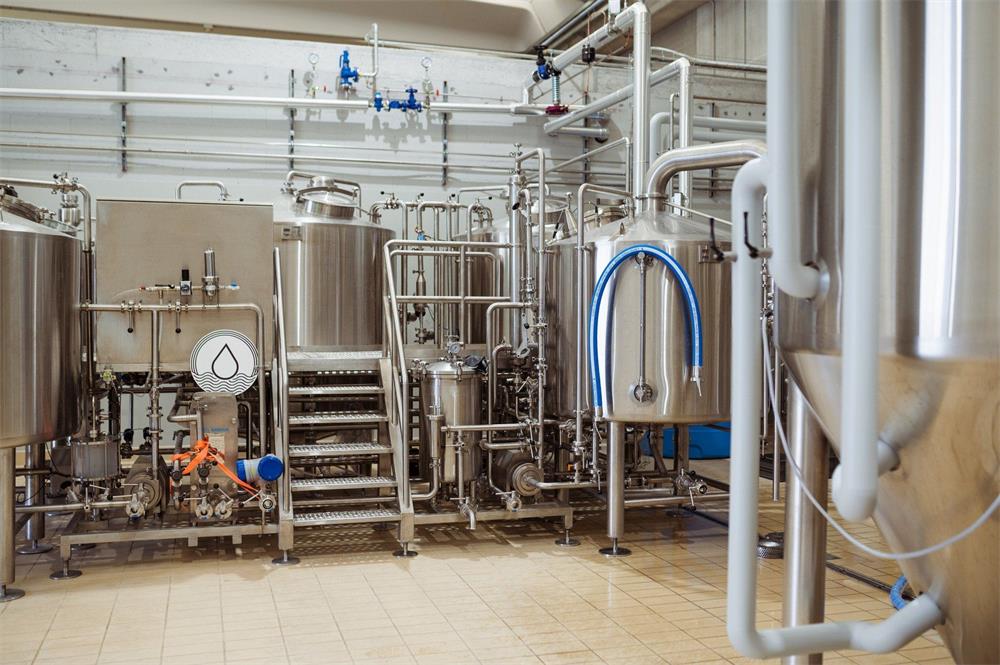


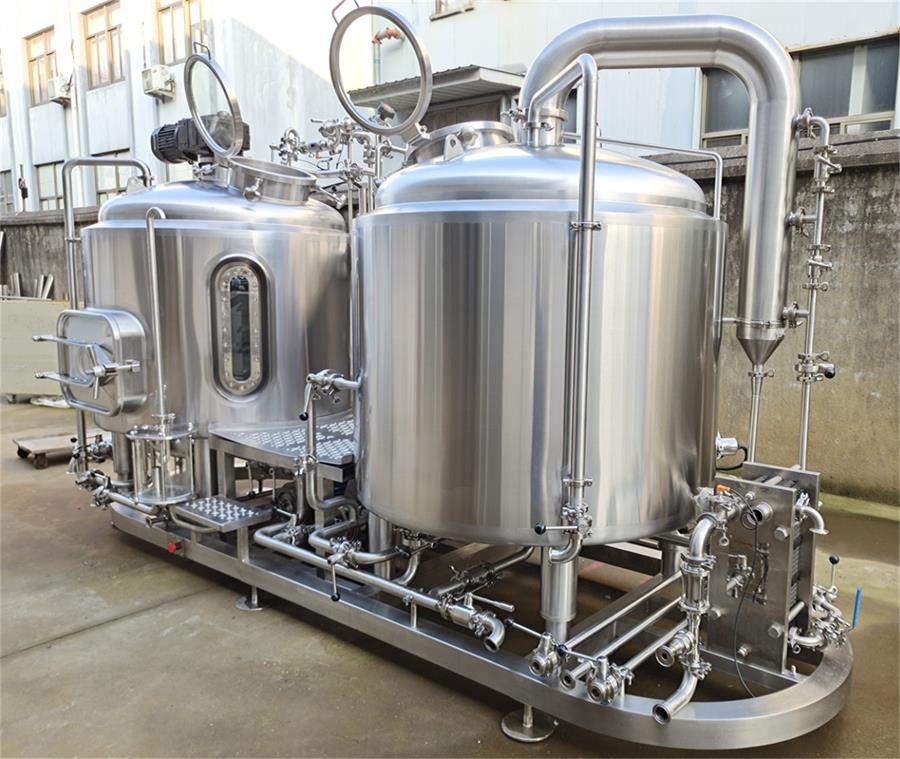
How to Choose a Suitable Conical Beer Fermenter
Choosing the right conical fermenter can be daunting, given the myriad options available. Here’s a breakdown of key factors to consider:
| Factor | Details |
|---|---|
| Material | Stainless steel is durable and easy to clean. Plastic is cheaper but less robust. |
| Size | Choose based on your batch size (e.g., 5 gallons, 10 gallons, etc.). |
| Port and Valve Design | Look for easy-to-use valves for draining sediment and sampling. |
| Price Range | Set a budget. Options range from $100 for plastic to $1,000+ for advanced stainless steel models. |
| Temperature Control | Some models include built-in cooling jackets or temperature control systems. |
| Ease of Cleaning | Detachable parts and smooth surfaces make cleaning easier. |
How to Set Up and Operate a Conical Beer Fermenter
Setting up and operating a conical beer fermenter might seem intimidating at first, but with a little practice, it becomes second nature. Here’s a step-by-step guide:
1. Initial Cleaning
Before using your fermenter for the first time, thoroughly clean and sanitize it. Even new equipment can have residues or contaminants that could spoil your beer.
2. Positioning
Place your fermenter in a cool, stable location with enough space to access all valves and ports. If your model includes a cooling system, ensure the necessary hookups are in place.
3. Filling the Fermenter
Transfer your wort into the fermenter, leaving some headspace to accommodate krausen (the foam that forms during fermentation). Seal the lid tightly to prevent contamination.
4. Attaching an Airlock
Install an airlock to allow CO2 to escape while preventing oxygen and contaminants from entering. Check periodically to ensure it’s functioning properly.
5. Fermentation Monitoring
During fermentation, monitor the temperature and gravity regularly. Most conical fermenters have built-in thermometers and sampling ports for this purpose.
6. Draining Sediment
Once primary fermentation is complete, use the bottom valve to drain the sediment. This step is quick and keeps the beer undisturbed.
7. Cleaning and Maintenance
After use, clean the fermenter thoroughly to prevent residue buildup. Stainless steel models can be sanitized with hot water and a no-rinse sanitizer.
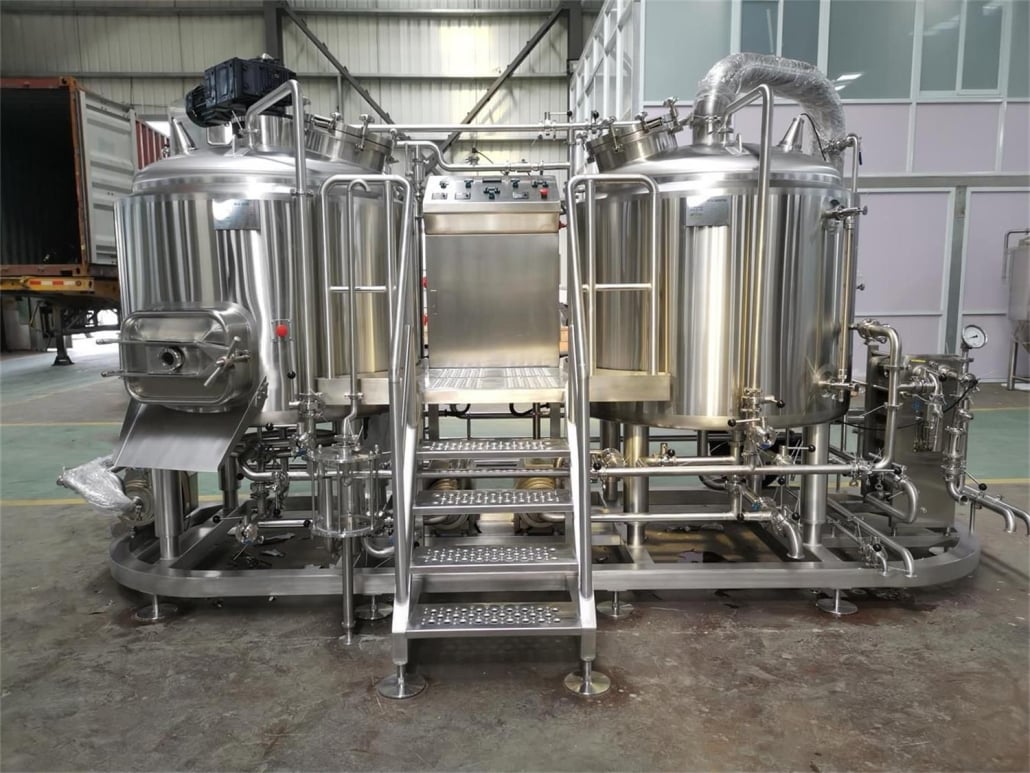
FAQ
| Question | Answer |
|---|---|
| What is the main advantage of a conical fermenter? | It simplifies sediment removal and minimizes oxygen exposure, resulting in clearer, fresher beer. |
| Are conical fermenters only for professionals? | No, homebrewers can benefit greatly from conical fermenters, with models available for all budgets. |
| How do I clean a conical fermenter? | Use a combination of hot water, a soft brush, and sanitizer. Avoid abrasive materials. |
| Can I use a conical fermenter for other beverages? | Yes, it’s suitable for cider, wine, and mead fermentation too. |
| Do I need temperature control? | While not mandatory, temperature control can improve fermentation consistency. |
Share this entry
Interested in learning more about Brewing Systems including additional details and pricing information? Please use the form below to contact us!
YOLONG BREWERY EQUIPMENT FAQS
- Commercial Brewery / Craft Brewery / Microbrewery / Nanobrewery
- What is The Difference Between Craft Beer and Industrial Beer?
- The Bespoke Differences In Custom Brewing Systems
- Everything You Need to Know About Kettle Souring
- How to Choose Brewing Equipment for Your business?
- How To Choose The-Best Partner To Build Your Commercial Microbrewing System?
- Two Detection Sensors That You Need To Use In Your Brewhouse System
- Remote Control Applications in Brewing Equipment/How does it work?
- How To Clean Your Brand New Brewery Tanks?
